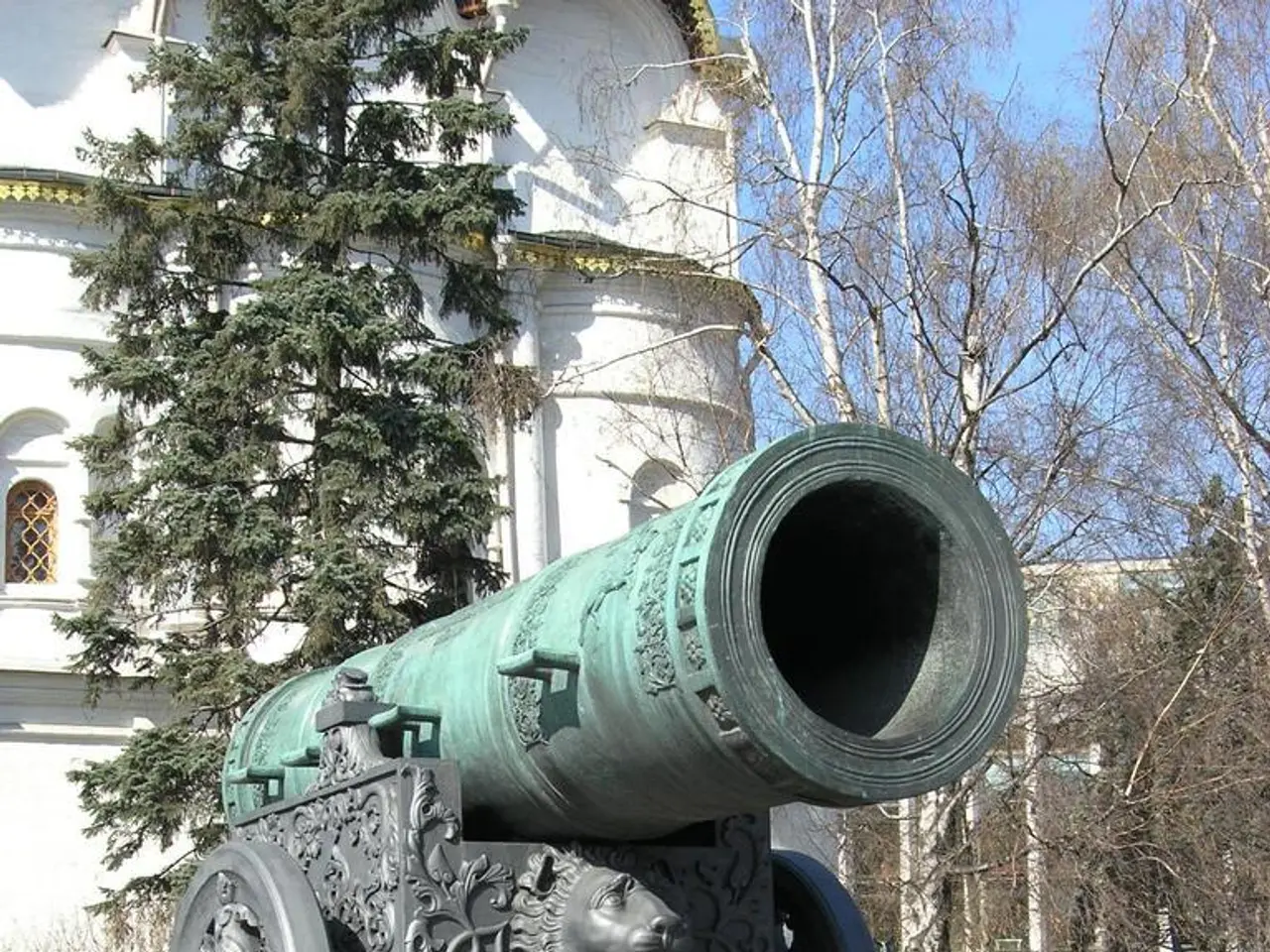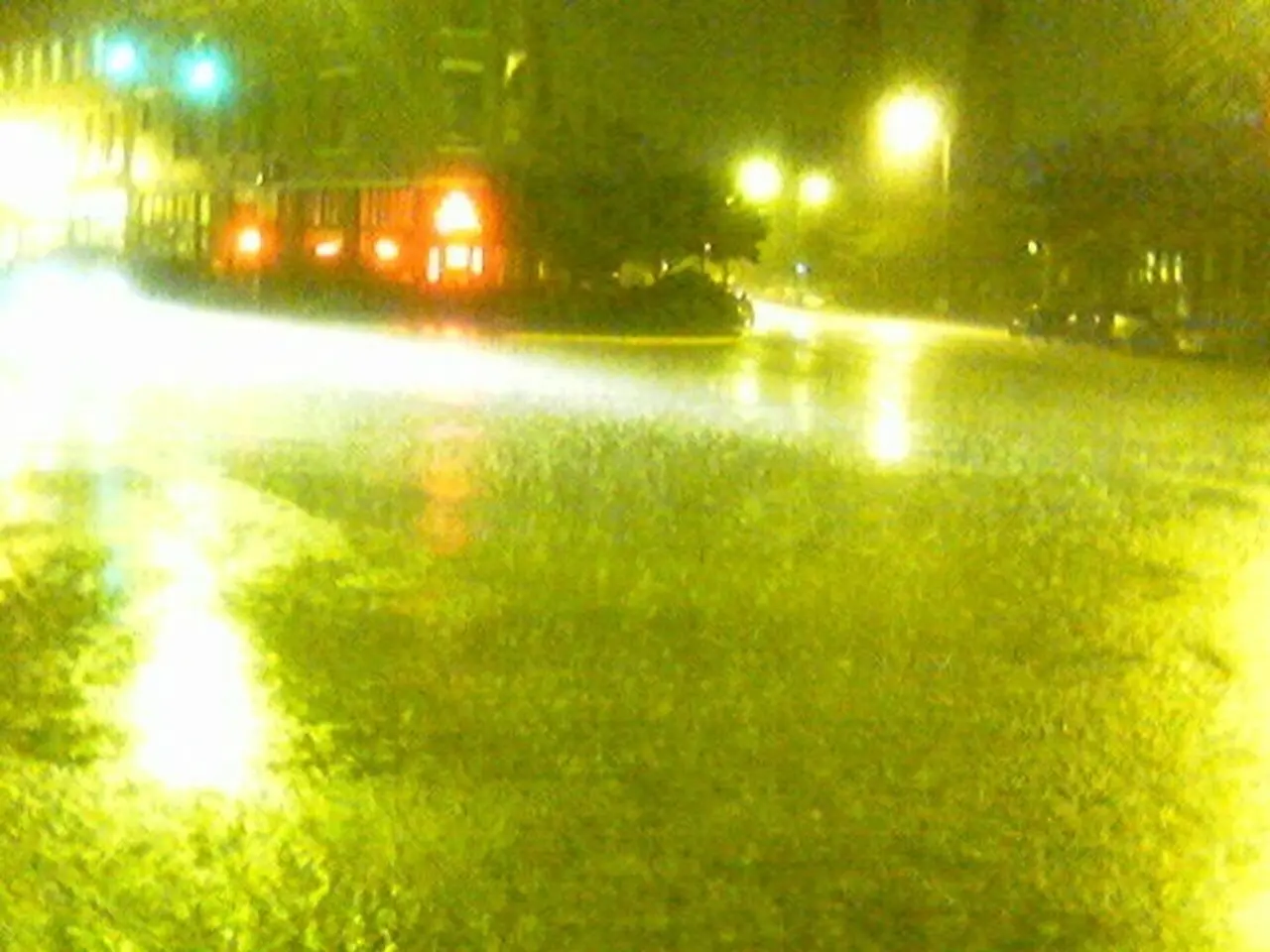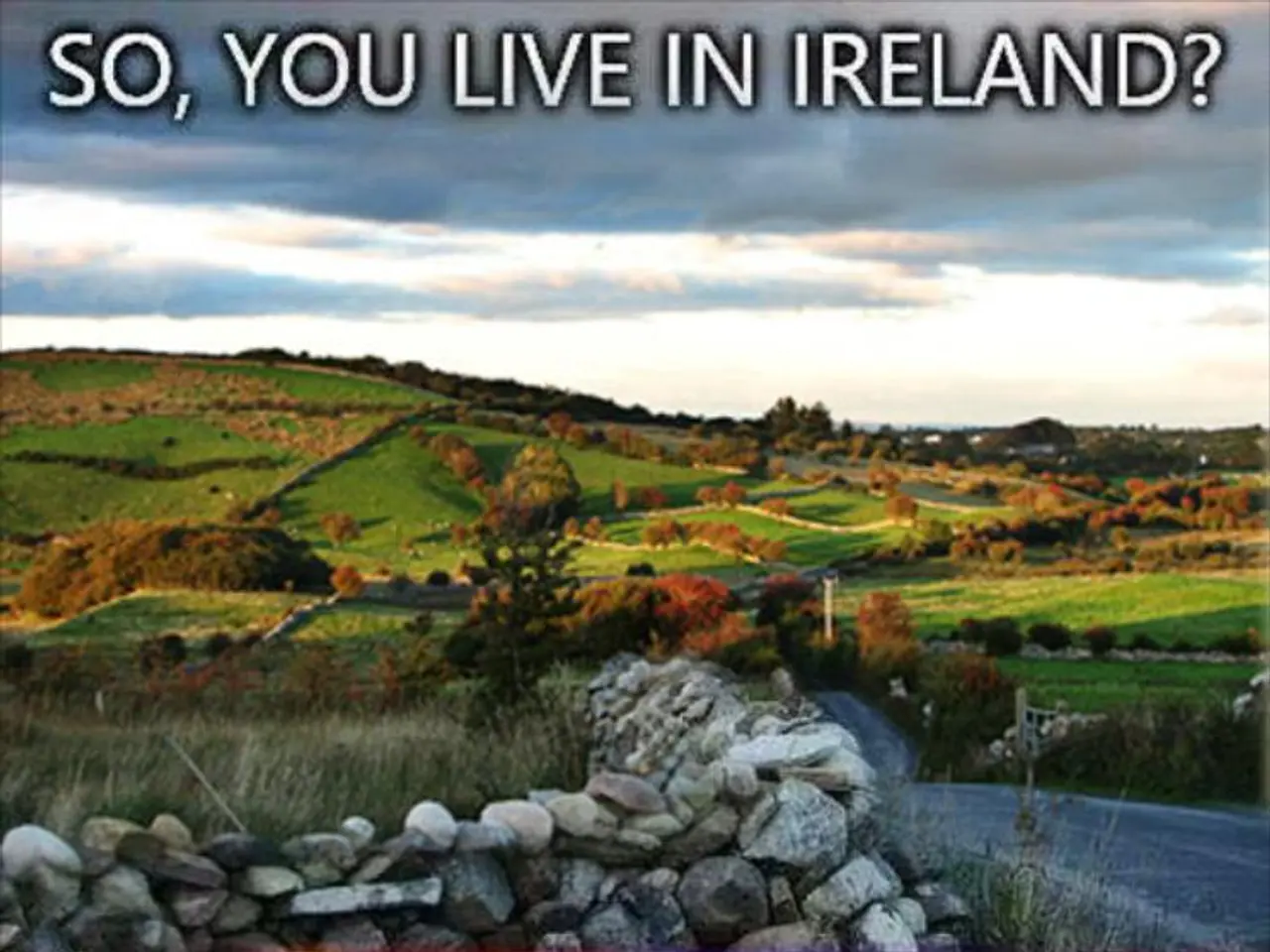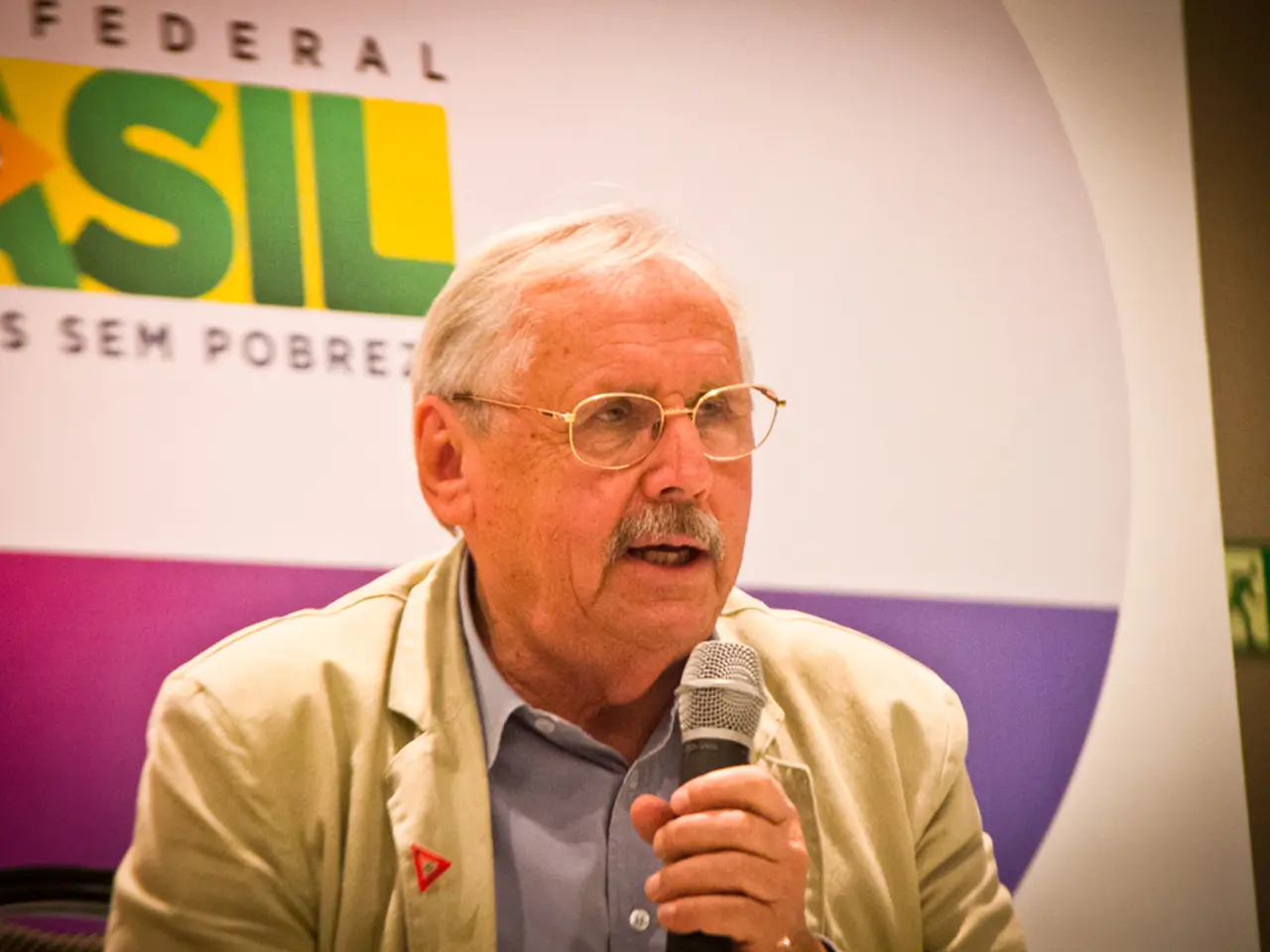Moscow experiences unprecedented heatwave, setting a new record for highest temperature in shaded areas at 33.4 degrees Celsius. - Scorching temperatures break previous records in Moscow's climate history.
The ongoing heat wave has been causing discomfort in Central Russia, particularly in Moscow, and Southern Europe. The city of Moscow has witnessed a new record temperature of 33.4°C, marking an unusual departure from the usual weather patterns.
As the heat wave persists, many Moscow residents are seeking refuge from the scorching temperatures. Some are fleeing to their dachas or local parks, while others are braving the city's water bodies, such as fountains, ponds, or canals, despite official warnings about the poor water quality.
This heat wave is not a localised phenomenon. It is sweeping across Southern Europe as well, causing similar challenges in those regions. The heat wave is expected to continue until early next week, with temperatures in Moscow predicted to be three to eight degrees above the seasonal average.
The unusual heat wave is a stark reminder of the impact of climate change. The rising global temperatures are making heat waves more severe and frequent, and urban areas like Moscow are particularly affected by the urban heat island effect. This phenomenon occurs when urban surfaces absorb and retain heat, causing temperatures to rise significantly.
The heat wave has already resulted in health risks, with thousands of heat-related deaths reported in recent European heat waves. In Moscow, the heat wave follows powerful storms, potentially increasing the risk of further disruptions and health issues. The environmental impact is also evident, with wildfires reported in southern Russia.
The economic and social impacts are significant. Heat waves can strain healthcare systems, disrupt transportation, and impact agriculture, leading to considerable challenges. However, strategies can be implemented to mitigate these effects. Urban planning plays a crucial role, with measures like green roofs, increased greenery, and reflective surfaces helping to combat the urban heat island effect. Enhancing public health services and infrastructure can also reduce the impact of heat waves on communities.
The current heat wave in Moscow and Southern Europe is a stark reminder of the challenges posed by climate change. While it is important to enjoy the unusual warmth, it is equally important to stay safe and take necessary precautions to protect ourselves and our environment.
[1] BBC News. (2021). Heatwave: Record temperatures in Moscow as Europe swelters. [online] Available at: https://www.bbc.com/news/world-europe-57655812
[2] WMO. (2021). European heatwave causes thousands of deaths. [online] Available at: https://public.wmo.int/en/media/news/european-heatwave-causes-thousands-deaths
[3] The Conversation. (2021). How urban heat islands are making cities hotter. [online] Available at: https://theconversation.com/how-urban-heat-islands-are-making-cities-hotter-160507
[4] The Guardian. (2010). Moscow heatwave death toll rises to 11,000. [online] Available at: https://www.theguardian.com/world/2010/aug/17/moscow-heatwave-death-toll-rising
Weather forecasting for the coming days predicts that the heat wave will continue to persist, causing further concern about the record temperature in Moscow, which currently stands at 33.4 degrees Celsius. Meanwhile, weather patterns in southern Europe are displaying similar trends, raising questions about the impact of climate change on the world's weather system.







